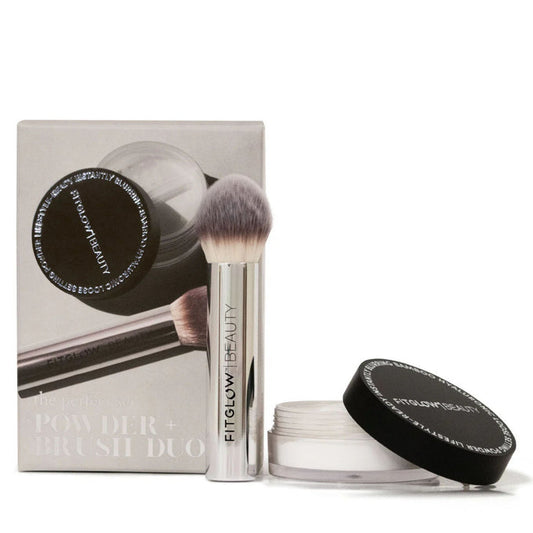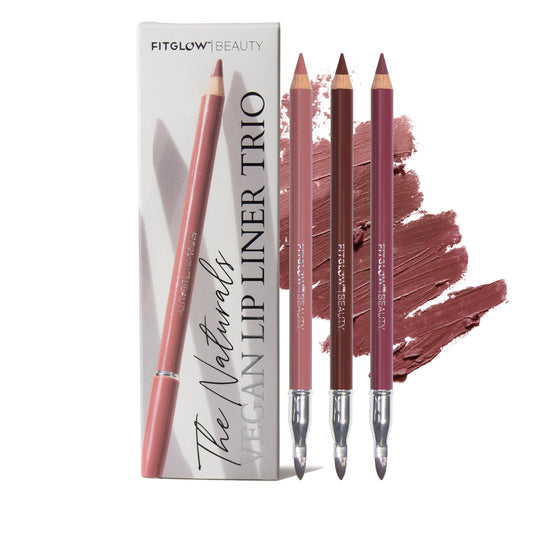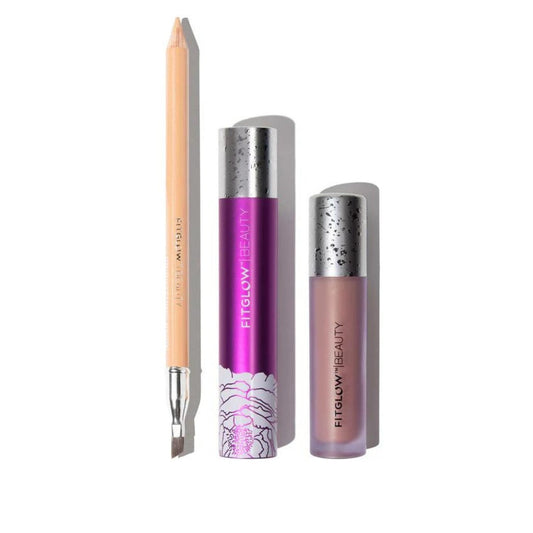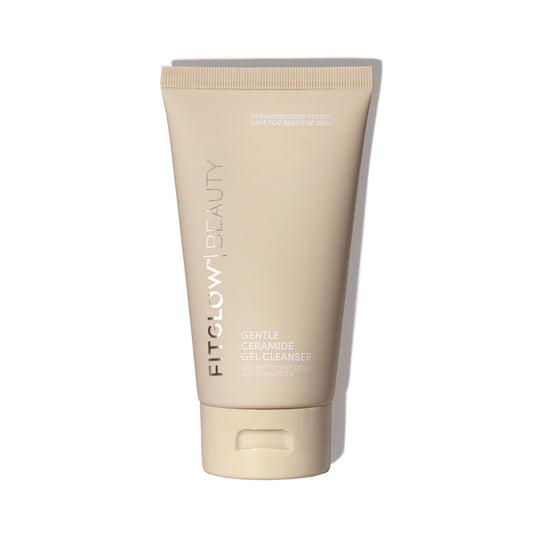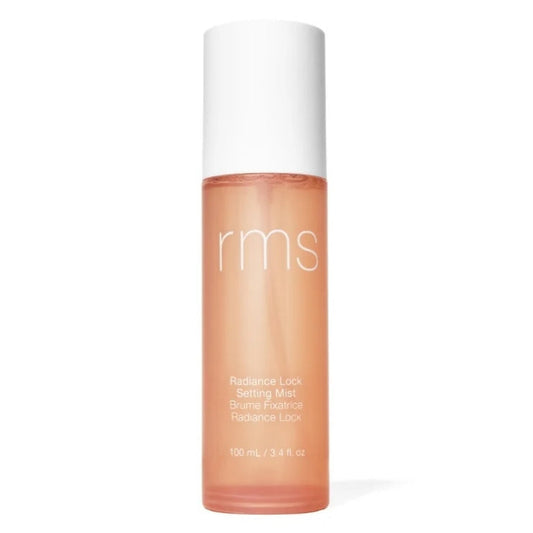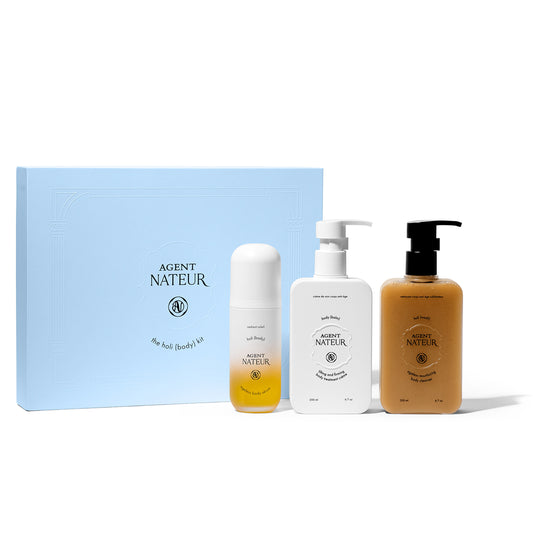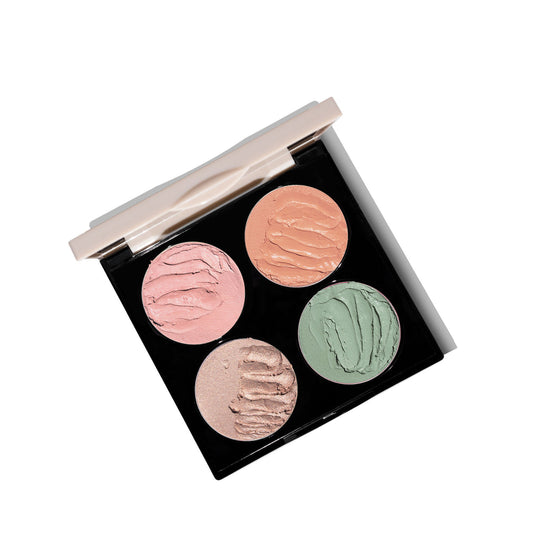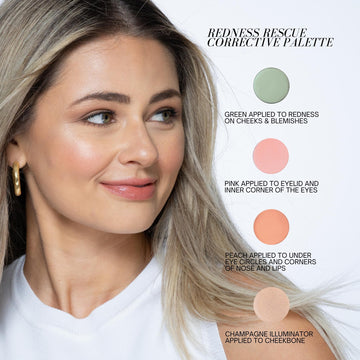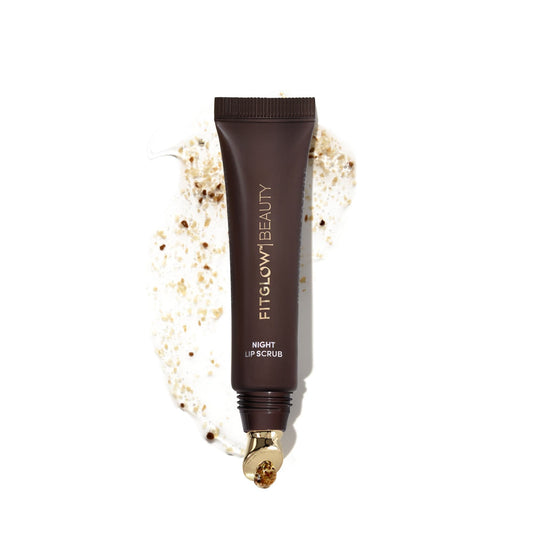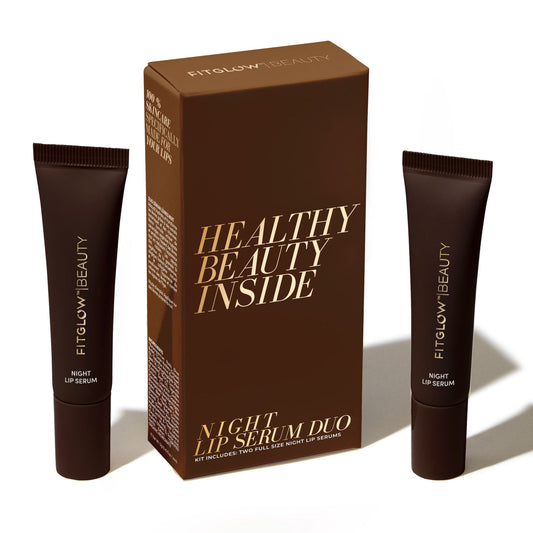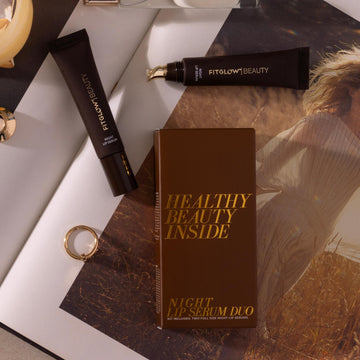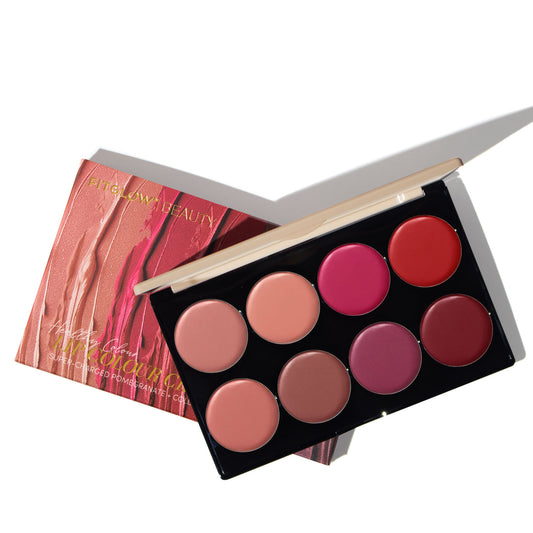What to look for (or not to look for) in natural beauty products.
What’s more of an indication that a product isn’t good for you than a huge list of words that you have no what they mean. Rather than give you a guide of products to buy, we wanted to give you a list that you can use at any time since popular products and brands are constantly changing. Use this as your cheat sheet going forwards and ensure you are educated about the ingredients you put onto your skin and potentially into your bloodstream.
Remember though, all things that sound bad aren’t always. Also, just because a product is labeled as “natural”/”organic”/”green” doesn’t mean that it actually is, the health regulation around those words are often lax. In Canada and the U.S., there are major loopholes in federal law that allow the cosmetics industry to put synthetic chemicals into your products, even if those chemicals are linked to cancer, infertility or birth defects.
Below are some ingredients that we recommend you try to avoid or limit, but it is just a beginner’s list. You can read more about the top 10 dirty dozen and Canadian Cosmetic Laws in an amazing study by David Suziki here.
FRAGRANCE
-
What to look for
In terms of skin care products, it’s best to avoid products that are created using synthetic fragrances. As much as you want your hair to smell great, your face doesn’t really need to. The best way to avoid synthetic fragrances is to avoid products listing “parfum” or “fragrance” as an ingredient; these are usually a complex mixture of many different of chemicals. Companies often use synthetic fragrance because it’s cheaper than natural scent. Additionally, the formulations are considered a “trade secret” and are not required to disclose fragrance chemicals.
-
Why it can be harmful
Some linked to cancer and neurotoxicity. Some harmful to fish and other wildlife. Many unlisted fragrance ingredients are irritants and can trigger allergies, migraines, and asthma symptoms.
PHTHALATES
-
What to look for
These commonly are DBP (dibutyl phthalate), DMP (dimethyl phthalate), and DEP (diethyl phthalate), which are found in some skin care products, hair sprays, and nail polishes. DEP, for example, is used in fragrances to make the scent linger longer, and DBP is used in many Nail Polishes. These toxic chemicals are the reason why pregnant woman want to avoid nail polish. (Try these brands instead!)
-
Why it can be harmful
Studies are suggesting that phthalates are the reason that young girls are entering puberty much earlier. The European Commission on Endocrine Disruption has DEP listed as a category 1 substance because it interferes with normal hormone function. Health Canada has noted evidence that they can potentially cause liver and kidney failure in young children if chewed on (toys), and the US Clean Water Act has DEP listed as a toxic pollutant based on evidence that it can be toxic to the environment. Health Canada has placed regulations banning some phthalates in children’s toys (including DEP), but the use of DEP in cosmetics is unrestricted.
Diethanolamine/ DEA-related ingredients
-
What to look for
While regarded as a ‘safe in low doses’ chemical by the FDA, it’s best to avoid any DEA or DEA-related ingredients. This ingredient is used in creamy and foaming products, such as moisturizers and shampoos.
-
Cocamide DEA, Cocamide MEA, DEA-Cetyl Phosphate, DEA-Oleth-3 Phosphate, Lauramide DEA, Linileamide MEA, Myristamide DEA, Oleamide DEA, Stearamide MEA, TEA-Lauryl Sulfate, and Triethanolamine.
-
Why it can be harmful
DEA-related ingredients can react to form nitrosamines, which can cause cancer. They are also harmful to the environment, fish, and other wildlife. Also avoid related chemicals MEA and TEA.
Parabens
-
What to look for
Parabens are the most widly used preservative used for longer shelf life. There are alternatives like Vitamin E which is isn’t as effective for long shelf life, but is non-toxic.
-
(methyl-, ethyl-, butyl, propyl-)
-
Why it can be harmful
Parabens easily penetrate the skin and can mimic estrogen, the primary female sex hormone. They have been detected in human breast cancer tissues, suggesting a possible association between parabens in cosmetics and cancer. There are no regulations on parabens in cosmetics but The European Union restricts the concentration of parabens in cosmetics. This is probably the main one to look for due to the fact that there are no regulations in Canada.
Coal-Tar Colors & Dyes
-
What to look for
Coal tar-derived colours are widly use in cosmetics and are identified by a five-digit Colour Index (C.I.) number. Look for P-PHENYLENEDIAMINE in hair dyes, and colours identified as “C.I.” followed by five digits in other products.
-
Why it can be harmful
Many coal tar dyes are already listed on Health Canada's Cosmetic Ingredient Hotlist and Canada's Cosmetic Regulations. They have potential to cause cancer and can be contaminated with heavy metals which are toxic to the brain.The use is prohibited to all but seven colours in eye makeup and other products used in the area of the eye. However, dozens of coal tar-derived colours are still widely used in other cosmetics.
Formaldehyde
-
What to look for
This is something you usually associate a mad scientist with, using it to keep his/her jars of ‘specimen’ preserved or whatever…. But it is actually frequently used in beauty products for exactly that reason; to kill bacteria and preserve the product. Formaldehyde is a commonly known carcinogenic so avoid at all times possible!
-
DMDM hydantoin, diazolidinyl urea, imidazolidinyl urea, methenamine, quaternium-15, and sodium hydroxymethylglycinate.
-
Why it can be harmful
Formaldehyde is a restricted ingredient in cosmetics in Canada. It is only allowed to be used at concentrations greater than 0.2 per cent in most products. However, there is no restriction on the low-levels of formaldehyde released by DMDM hydantoin, diazolidinyl urea, imidazolidinyl urea, methenamine, quarternium-15, and sodium hydroxymethylglycinate, nor on the use of these ingredients themselves.
Aluminum
-
What to look for
Most antiperspirant worries center around this specific active ingredient. Aluminum-based compounds temporarily plug sweat ducts to prevent you from sweating.
-
Why it can be harmful
When aluminum is absorbed into the skin, particularly when the skin is nicked during shaving, studies claim that those chemicals may then interact with DNA and lead to cancerous changes in cells, or interfere with the action of the female hormone estrogen, which is known to influence the growth of breast cancer cells.


